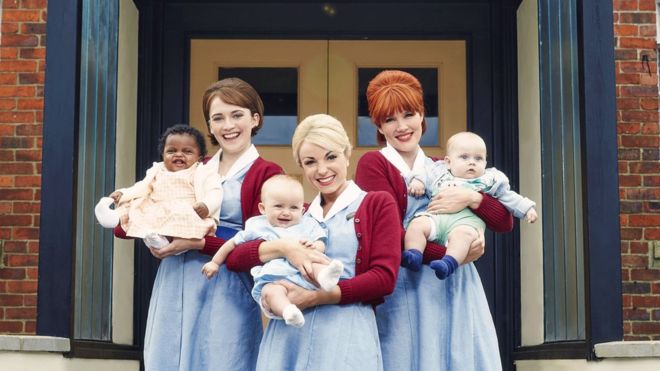Paul McGuigan’s film is based on a memoir of the
same name by Peter Turner, an actor and writer from Liverpool, about his romance
with the nineteen fifties movie star Gloria Grahame (Annette Bening). In the
1970s, Gloria was in her fifties, Peter (Jamie Bell) in his twenties. Her
career is over but she is trying to revive it with theatre performances.
Already ill, in 1981 she collapses in a Lancaster hotel and turns to Peter and
his family for help.
Then the location: it’s going to be something overstated. It must have taken a scout a long time to find such dreary alleyways and streets, dimly lit of course.
To pad out the film’s flimsy substance, there
has to be a sub plot, here a comedy hearts-of-gold Liverpool Mammie played by
Julie Walters with Kenneth Cranham, her silent husband, given nothing much to
do but some unconvincing DIY business with a circuit board.
The biggest give-away of all is the simplistic
characterisation. There have been some
touching, funny and intelligent films about what happens to famous actors, real
life and fictional, as they age. The preoccupation with talent, good looks and
fitness that blessed their heyday becomes a curse as they get older. These
films range from Billy Wilder’s Sunset
Boulevard to Alejandro González Iñárritu’s Birdman, with a star turn from Michael Keaton
as an absurd and hilarious Superman-figure desperate to reinvent himself. I
also enjoyed the gaudy chutzpah of Behind
the Candelabra, Steven Soderbergh’s film about the last ten years of
Liberace’s life.
In the kind of memoir which is the basis of Film Stars Don’t Die in Liverpool, the
writer wants to elevate their own significance in the relationship, but the
chances are that the star was of far more importance in the writer’s life than
the writer was in the star’s. When turned into a film the result looks slight.
For another example, see the similarly unimpressive My Week With Marilyn.
Phoniness becomes a particular risk when the film
is a biopic. Here it is rare for a film to deal honestly with its subject:
complexity is sacrificed for hagiography or else savage satire, exaggeration
and melodrama.
The real Gloria Grahame did indeed refuse some treatment for breast cancer but she also had a great deal of plastic surgery, became obsessed by her thin upper lip which she padded with cotton wool, evidently a complication in scenes involving kissing where the co-star ended up with a mouthful of cotton wool too.
Her fourth husband was also her stepson, a relationship that reportedly began when he was only thirteen. She battled her third husband for custody of their daughter. She had a breakdown and was treated with ECT.
The real Gloria Grahame did indeed refuse some treatment for breast cancer but she also had a great deal of plastic surgery, became obsessed by her thin upper lip which she padded with cotton wool, evidently a complication in scenes involving kissing where the co-star ended up with a mouthful of cotton wool too.
Her fourth husband was also her stepson, a relationship that reportedly began when he was only thirteen. She battled her third husband for custody of their daughter. She had a breakdown and was treated with ECT.
All of this is a far cry from the bland, cutie-pie
character that Anette Bening does her very talented and honest best to convey.
As a result the film descends into schmaltz. The last twenty minutes is
excruciatingly drawn out with the loveably eccentric Liverpool family in full
cry and a ridiculous scene where Bening and Bell play out dialogue from Romeo and Juliet on the stage of an
empty theatre. Oh please, let the woman die!
There is one scene which shows what the film might
have been. The naïve Peter makes his first visit to LA. Over dinner at Gloria’s
home, where her aim is to show off her handsome young lover to her mother
(Vanessa Redgrave) and spiteful sister (Frances Barber), he learns something of
what may lie behind the glamorous front. Here, the dialogue and acting are
sharp, surprising and funny, but alas this was the only scene which woke me
from torpor as the film sluggishly wound its way to its entirely predictable
conclusion.









![Make Me: (Jack Reacher 20) by [Child, Lee]](https://images-eu.ssl-images-amazon.com/images/I/51tX%2BYVsMKL.jpg)
![Night School: (Jack Reacher 21) by [Child, Lee]](https://images-eu.ssl-images-amazon.com/images/I/51uxVrfZpUL.jpg)
